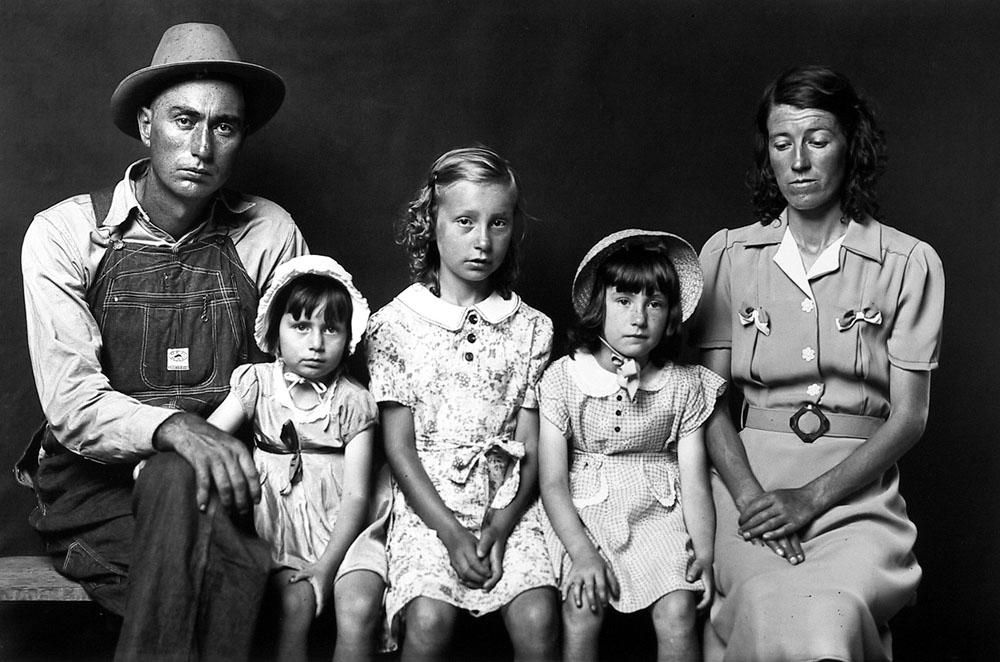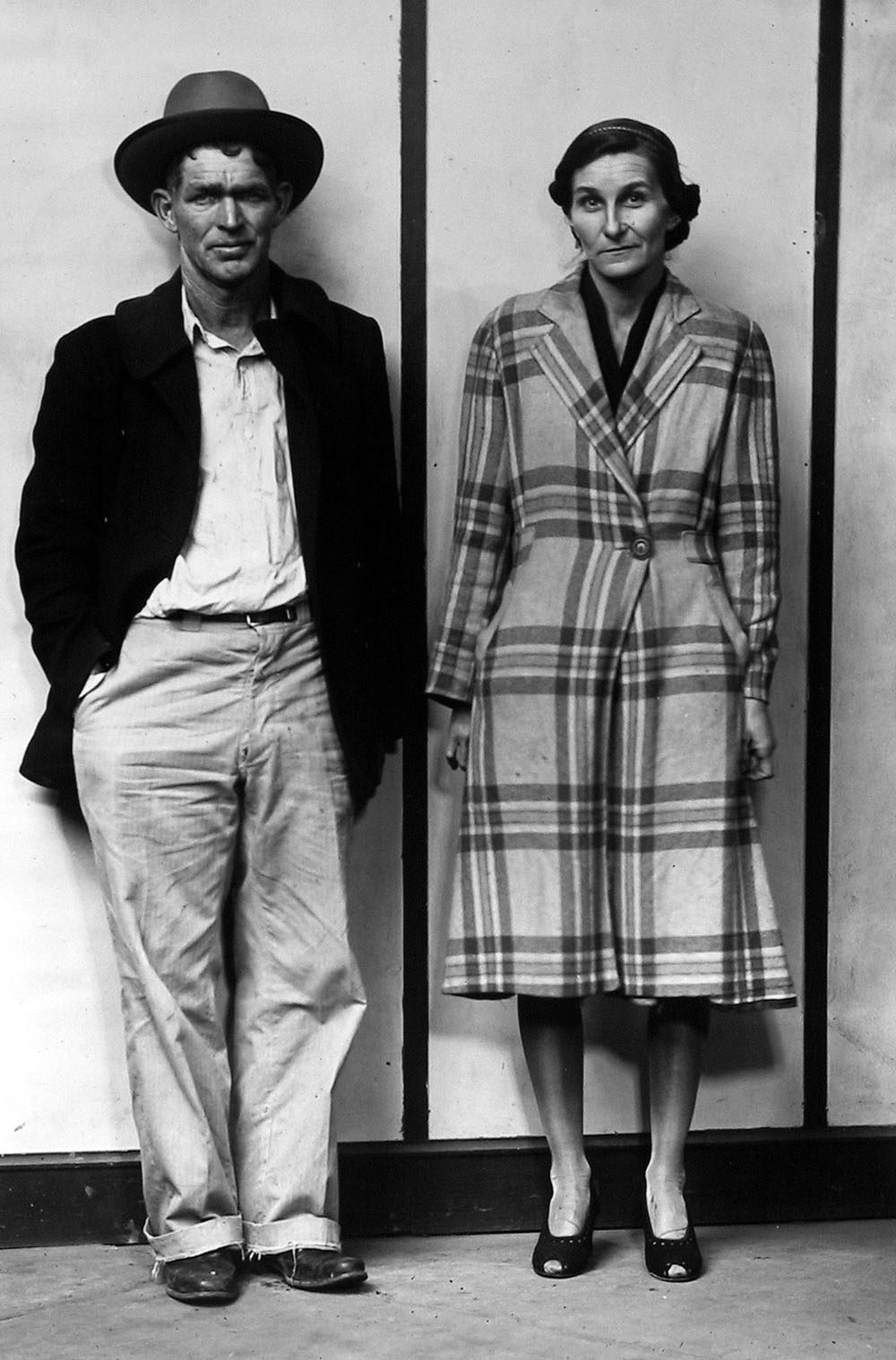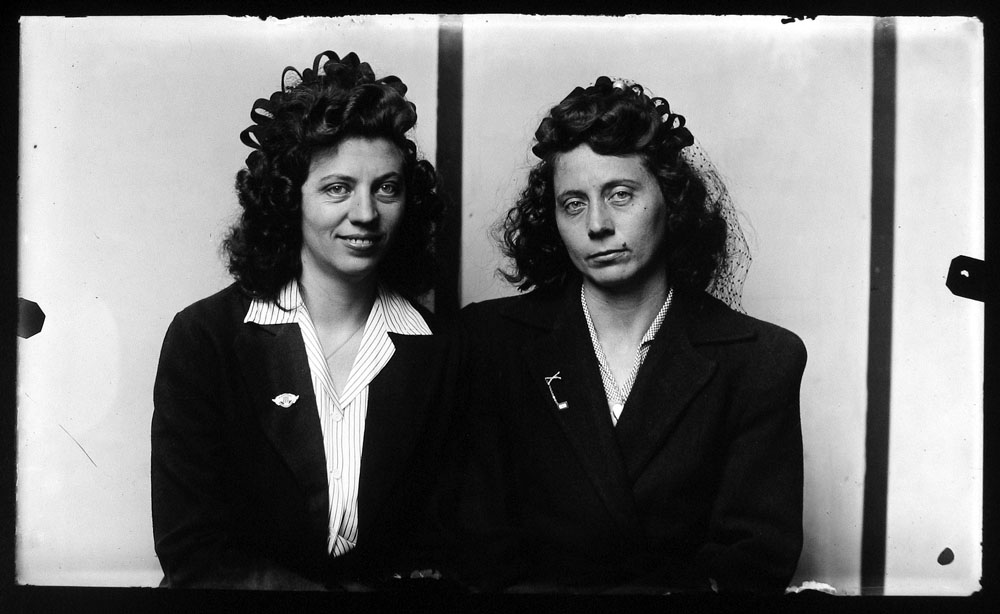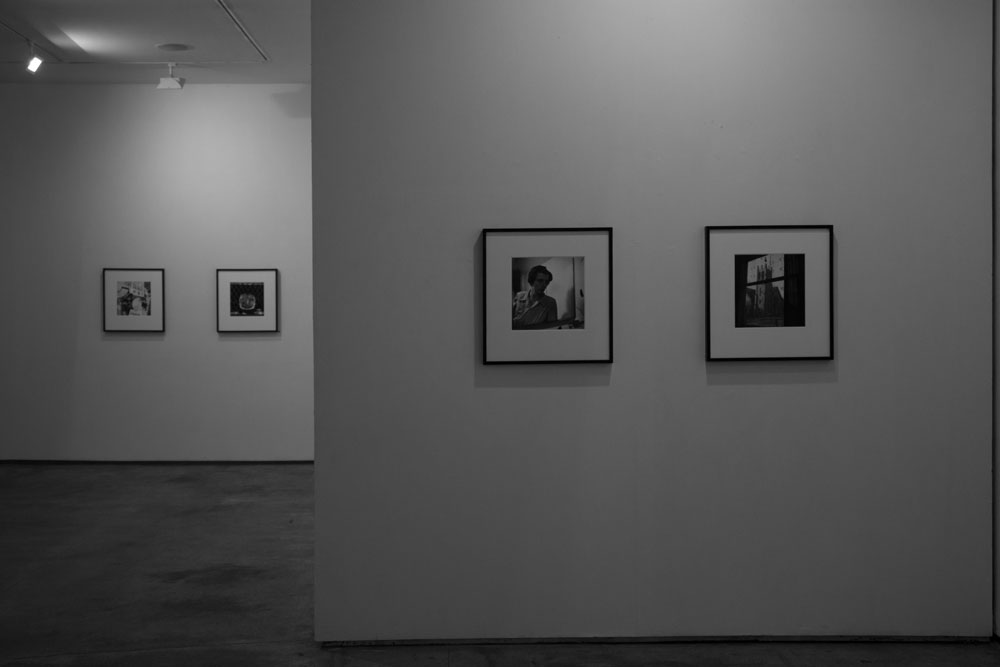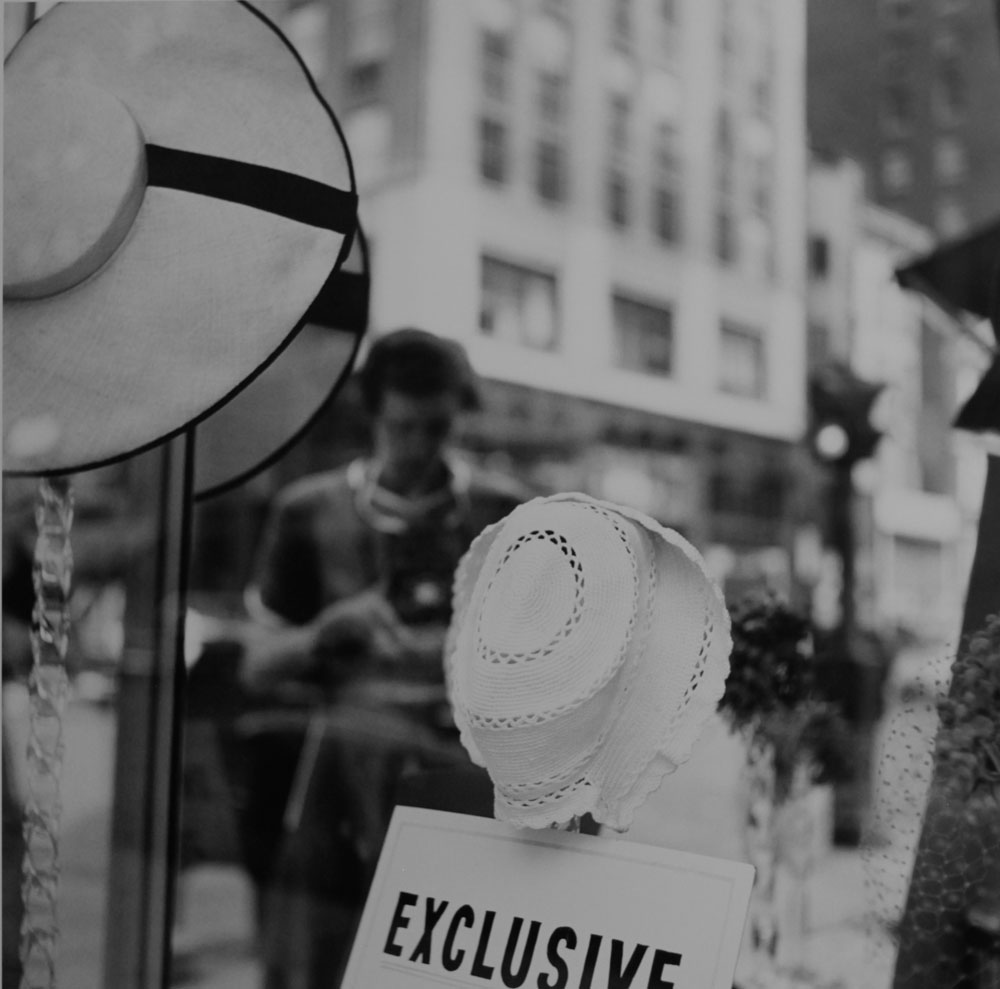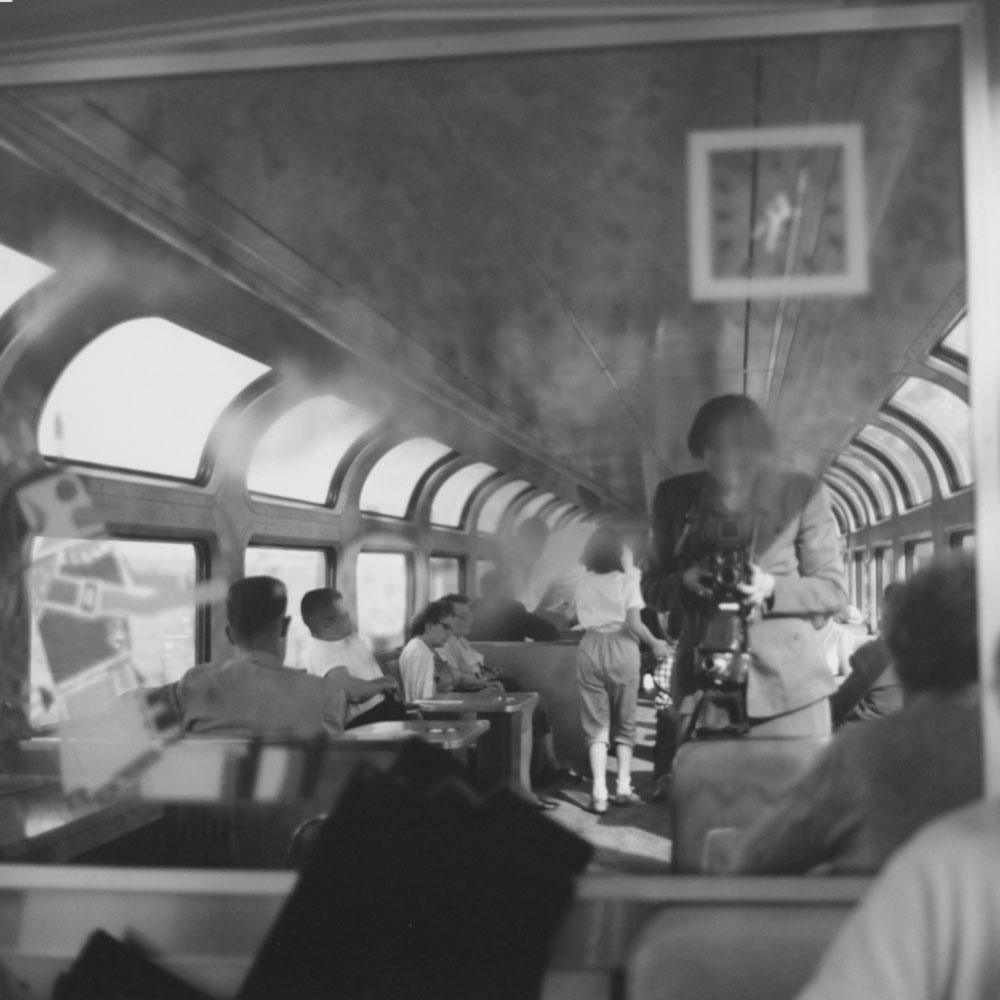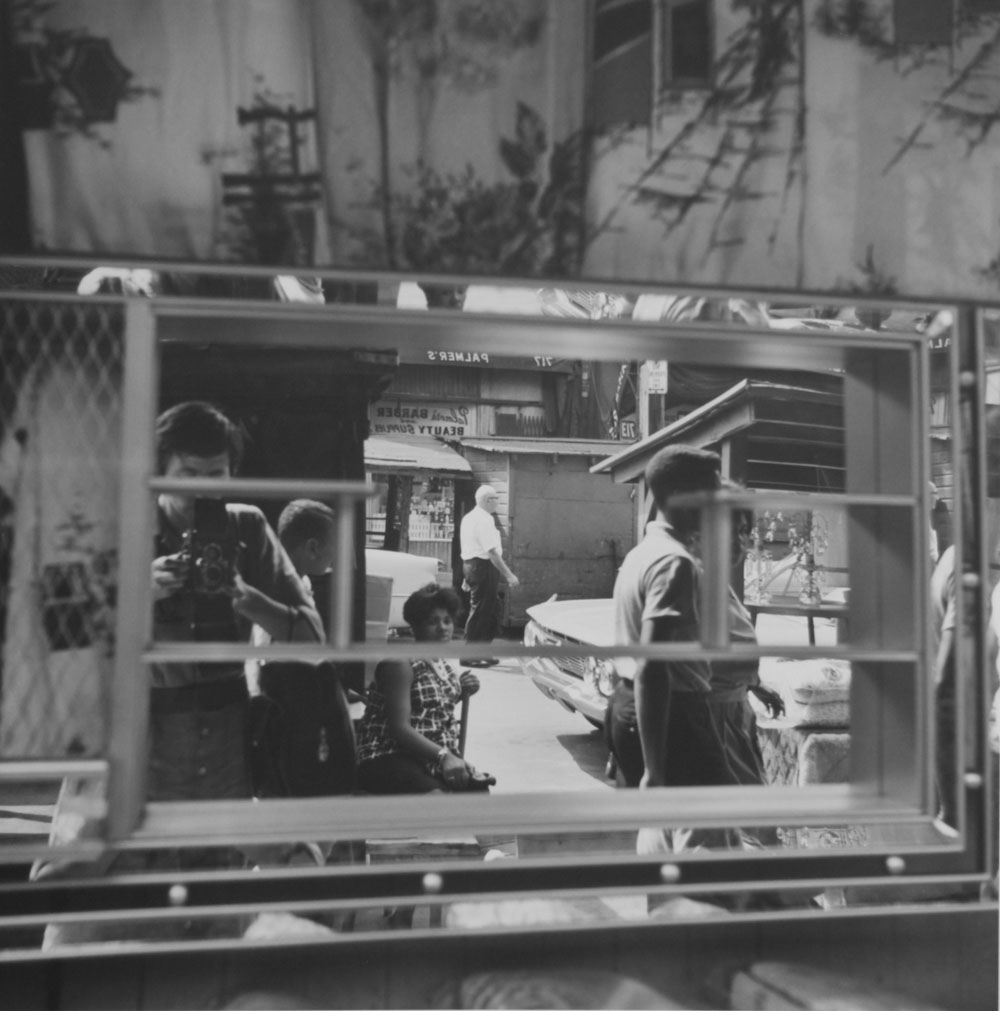Atypical artists in atypical spaces
By Sandra Miranda Pattin
I like to think that coincidences are not such, the first time I visited the Bernal Espacio in Madrid, the itinerant gallery of Efrain Bernal, I was exquisitely surprised by the exhibition but specially by his involvement in it, he took the time to speak about Mike Disfarmer work with the group of people I was with, by the end of that day I remember commenting how much a good approach by the gallery owner makes the difference while visiting an exhibition; I could feel his passion and intense work in the exhibition. Later on, the coincidence happened, I was speaking on the phone with my cousin and I was telling her how much I would like to speak again to Efrain Bernal, she suddenly said: well he just entered the coffee shop I’m in, so I said go talk to him please….
And then I started discovering what this Colombian gallery owner living in Spain has accomplished and, other than a very long and amazing career I found out that he has a variety of interests in art but definitively I could perceive a tendency towards photography in a very particular way. There a few atypical deceased photographers among his artists, meaning artists that didn’t called themselves artists while alive, that probably didn’t ever exhibited or showed their work to anyone and that were discovered only many years after their disappearance or other artists that might have been active in the art world but that had a really short career and died young or in mysterious ways. He likes figurative artworks that speak of the human condition; he states that originality is something important to him, even though he is conscious that it is an impossible definition today. This statement was the reason why I could make a specific reflection on the way we look at the past that you will read later in this article.
Bernal Espacio is an itinerant space, this condition allows him to travel more in the discovery of other artists, it also suits better in my opinion our times, the world is becoming more nomad in a way and refreshing the space where an exhibition is located does take away the static that a constant scenario can give to artwork. Efrain Bernal is in a way an atypical gallery owner as well, this is of course my personal opinion as here on C-Heads we are free to tell it, Bernal is a very sensible person, a very professional hard working man that is very close to public and people, that still has the aim to contribute to the art world by sharing his vision, you can feel that his big satisfaction is to share with the public visiting even though as he said, galleries are not visited much anymore. The artists I got to know through Efrain Bernal in a much deeper way are Mike Disfarmer and Vivian Maier, both artists have been exhibited by his space accomplishing great success and if you have never been in an exhibition made by Bernal, I strongly suggest you to do so, you will somehow get deeply involved with the project carried by this gallery.
The inventor of new stories – Mike Disfarmer
Disfarmer is the last name this photographer invented for himself, his parents were German and he lived in a small town in Arkansas where everyone was a farmer but he rejected the farming world so he decided to called himself a Not-Farmer. Instead, Mike decided to photograph those farmers living in the area and his work now is considered by many a historical documentation of the deep America of the 1930’s. During his time as a photographer, his studio became a sort of a tourist attraction. Some of the people appearing in his pictures have all those physical characteristics that tell you how much time they spent under the sun in the fields, their skins are burned and wrinkled, their faces are silent, it feels like you are looking at the portraits of people that spent many hours being quiet and physically working. We see very intense expressions on these portraits, most probably because he made this people sit tight for a long time until the picture was done. There are testimonies stating that he was very serious and even scary, that he had re-invented not only his last name but also his origins, saying that he was brought to the doormat of his family’s house by a tornado, he was certainly eccentric and different from the people living in Heber Springs. You could write stories about each photograph, they suggest so much with so little, the background is always the same wall but the people in them with their clothes, their staring at the camera, their way of occupying the space tell a story, how much they care for each other, for their appearance. During these times people were struggling with both wars and the Great Depression, something like that is still visible in their expression, a soldier here and there but the most beautiful thing is that they are honest portraits of rural people, the people that really made America survive through everything. Efrain Bernal says what he likes about this photographer is that he feels Disfarmer really shows us reality through very sensitive eyes, through his pictures we are able to capture the America that was going through so many changes.
After his death, Disfarmer’s studio was bought by a realtor with all the silver plates in it, during the 70’s he sent some pictures to a newspaper that was asking for historical pictures of the area and that is how Disfarmer started to be shown, later on two collectors at the same time started to search for vintage prints, one of them even scouted people from the town to go door to door in the search of their family albums. Both collectors, were competing in an almost obsessive research for Disfarmer’s work.
Portraits of truth is what comes to my mind, I can almost imagine the kind of person the subject was by looking at him or her, these are definitively some of the most intense portraits I’ve seen, there is something about them that makes you stay there staring at them, it is not an exhibition you can go through quickly, you can’t help but staying in front of the picture and try to connect with that distant time, with those people that lived in places we might have never seen or known but yet so real and honest.
They are so moving, that Bill Frisell, the well-known American composer and Grammy award winner made a whole composition dedicated to Mike Disfarmer, in his production “The Disfarmer project” you can actually listen to how the world of Disfarmer sounds, it is like a sound poetry with quotations of jazz, distant sounds from other times that are made contemporary and touching by Frisell. Bernal Espacio open a space to listen to this musical production after seeing the exhibition, it was like finishing the cycle, once the images were in your mind, then you could listen to them, like a window where we had the chance to be transported into a room and watch Mike Disfarmer work and think.
The questions arisen are many: Why Disfarmer wanted to photograph the very people that he rejected?
Why did he stayed in Heber Springs, a town of farmers, if he didn’t want to be part of that world?
Did he consider his photographs art? Or he considered himself just a “commercial portrait photographer”?
 MikeDisfarmer Untitled, (Family of five children in center of portrait mothers eyes looking down), 1939-46
MikeDisfarmer Untitled, (Family of five children in center of portrait mothers eyes looking down), 1939-46
Why do we see these pictures today as artistic ones? Is it the distance and time separating us from them? Or is it really because they go beyond the portrait and give us something else?
In my opinion Disfarmer was probably a stubborn person that would have felt different in any city in the world, he re-invented his own story, his origins and name because he was discontent with the world as it was and photographing people allowed him to change their stories, his own story, through a print he could re-propose the farmers in a new way, like he did for himself. Maybe he didn’t think too long if his pictures were art or not, probably that was irrelevant for him but he knew his work was like a threshold, a transformation territory, once these farmers were photographed they changed and existed for him in a new way. In the prints, he could invent their stories again, like we can do now.
Art is a blank space where anything is possible, art is a way to digest the world, to transform it, to learn to live with it, to even make it better or have the illusion of that, to translate information into different languages so I believe Disfarmer was much more than a photographer selling portraits for living; he was a story teller, he divested farmers from their context and put them into a neutral background for a long time until their essence was visible and then through the picture he suddenly had them transported into a new story, a story that he liked much better, a story that we like but might not be the real one, just an illusion of what America was, but that has no importance anymore. We want to read them as an anthropological project and each one of us can take away what we want to believe, I’m sure Disfarmer would like this effect in people today if he could see it.
It was within his essence to re-invent himself and others, it was almost his survival instinct that made him stay there, it also makes me think that even though we believe these pictures are a historical documentation of the deep America (as stated by many) is the distance and time passed that makes us feel we have a window to understand something we weren’t able to imagine before. Siegfrid Zielinski said: “The past is mainly what we make of it, how we interpret and define it. When we look at the future we want an open future, we want the future for us to be full of possibilities, to be full of options, of potentialities, but we don’t allow the past to be the same”.
Hegel never saw the sea but he wrote about the Mediterranean and we read about it now and take it as the truth about the Mediterranean Sea in his time because we need to feel we have those windows to the past that are telling us exactly how the time was, we need the injection of nostalgia in order to look at the future. Disfarmer might be just the same case, he probably didn’t have in mind to document the deep America, or how farmers were and worked, he just wanted to photograph the people around him maybe for money or maybe, as I said before and it is my personal interpretation, to give them a new story, a story that he liked better and now we are able to interpret as we prefer. He left those questions opened and now we have the freedom to look for answers in the pictures he left for our enjoyment.
 Mike Disfamer Untitled, (man standing in cowboy hat with woman in plad jacket), 1939-46
Mike Disfamer Untitled, (man standing in cowboy hat with woman in plad jacket), 1939-46
 Mike Disfamer Euda Branston Hinesley and Eula Branston Hines twin sisters 1939-46
Mike Disfamer Euda Branston Hinesley and Eula Branston Hines twin sisters 1939-46
The Fresh eyes of someone with no pretentions – Vivian Maier
Vivian Maier was a nanny for most part of her life; they say she was a private very silent and serious person that had sort of a double life going on. While working she was described by now grown-up children she took care as nanny, as a very tall woman, short hair, that liked wearing men’s shirts, big boots, like wearing hats and always asked if she could have a big lock to secure her stuff properly, she was a “hooter” and accumulated huge amounts of things that she kept private, some of the people she worked for didn’t even know that she took pictures even though when she went out she always had her Rolleiflex hanging on her neck. Then the other life she lived was a life where she was always taking pictures, that she sometimes developed and print for her own pleasure.
She died in 2009 without even showing a single picture to the world (probably only the developing studios where she printed a few times had the pleasure to look at them) and then John Maloof bought a box of negatives in an auction found in a flea market and he became obsessed with her story, up to the point of buying almost all the work by her and making a documentary about her on what he could re-build from her life, contacting the people she knew and piece by piece some fragmented story was re-constructed, that story however leave us still with many questions.
 Vivian Maier. New York, NY, 1954.
Vivian Maier. New York, NY, 1954.
Why did she decide not to show her work to almost anyone?
What kind of comfort did it bring her to accumulate all this “reporter’s material”?
Was she mentally disturbed?
Was Vivian Maier really aware of her talent?
I believe that Maier had an obsession with documenting and for some reason she had a talent to see things, what happened is that she was not interested in doing anything with that, she had it for her own comfort, her own pleasure, in her own world, when she was not working that was her enjoyment, she didn’t have kids of her own neither family so she built herself a whole world. A statement by David Bohm reminds me of her way of doing things, he has described it as learning for the sake of learning and not for the subject per se like children that are only focused on learning to walk and they are not thinking about the ways to walk or the importance of it, they just do it because there is an instinct telling them to do it and they have no idea why, so Maier took pictures (a media of 14 per day during her life) for the sake of preserving an image that she saw and enjoyed, even though she only printed around 300 of them and never developed something like 700 films so she never saw a huge amount of her own pictures, it was like if for her, the work was done once she shoot the picture and then results were not that relevant for her. The pleasure for her ended once she had taken the picture.
One could speculate that more than mysterious she was really in a way laughing about everything and everyone, in a good way, she spelled her name in different ways and she told some people with whom she interacted, a fake name, maybe she wanted to be someone else. There are testimonies that talk about her repulsion to men, how she was afraid of them and the articles she used to pile up in huge quantities talked about tragedies and violence, abuse and other subjects that could make us fear that she might have had a bad episode in her life at a certain point, we might never know for sure but the fact is that building herself such a world with little care of showing it, definitively shows us that she needed that to survive, to be happy with life, to re-vindicate herself in her own space. Vivian Maier became more and more eccentric towards the end of her life, she liked going through garbage and screaming at people, we don’t know what was happening in her mind, the only thing we know now comes from her work.
Maier’s pictures have been classified as “Street Photography” I believe Maier did some street photography but she was not into that, I’m sure she was not sitting there in her bedroom thinking she was researching some urban photography theme, my perception is that she was simply documenting life as she saw it, knowing that for some reason she had the eye for little things, she had the capacity of getting close enough to subjects in order to capture amazing expressions, she just wanted to capture the world regardless of the others knowing about it or seeing it. Maier’s pictures are good and photographers might tell you, she had good framing, she had intuitively good composition, she was interested in light or many other characteristics but there is more than just that, Maier was present in her pictures, you don’t feel the distance or nostalgia that other black and white pictures from street photographers can give you, these pictures make you feel involved, they ask you questions, you are not focused on the subject itself but the beauty she captured independently from the fact sometimes she had difficult subjects to digest like poverty, violence, death, tragedies, somehow she managed to make them beautiful.
Chartres in XII century stated that art could make anything beautiful even if it wasn’t in real life, well that might just be a great description of Maier’s work.
 Vivian Maier. Self-portrait, April 1959.
Vivian Maier. Self-portrait, April 1959.
 Vivian Maier. Self-portrait, Halsted Street, Chicago, August 25, 1961.
Vivian Maier. Self-portrait, Halsted Street, Chicago, August 25, 1961.
All images courtesy of:
© Vivian Maier/Maloof Collection. Cortesía: Howard Greenberg, NY / Bernal Espacio, Madrid.
© The Estate of Mike Disfarmer. Cortesía: Howard Greenberg, NY / Bernal Espacio, Madrid.
Bernal Espacio, Galería Bernal Espacio, Tel: +34-669 950 495, galleria@bernalespacio.com, www.bernalespacio.com


